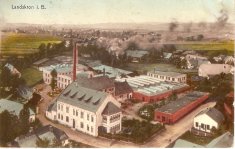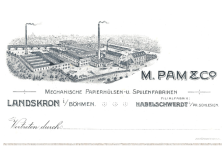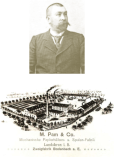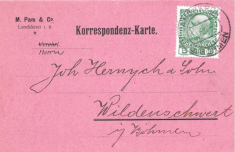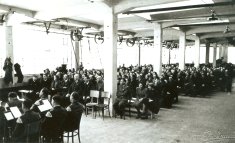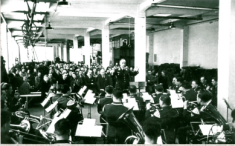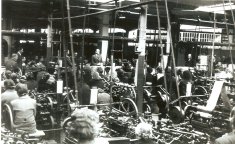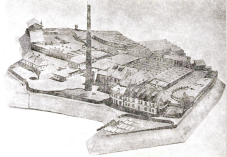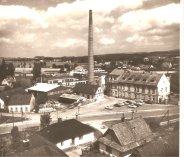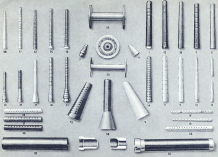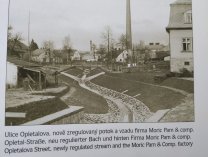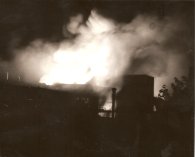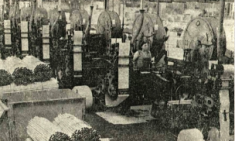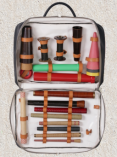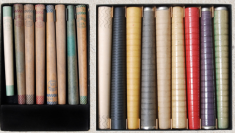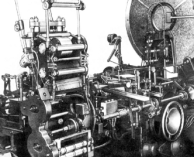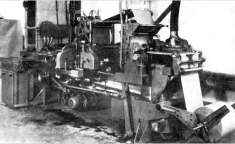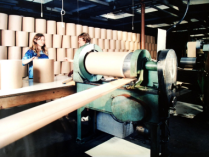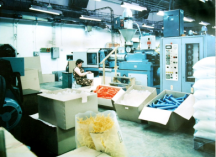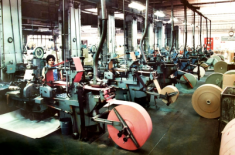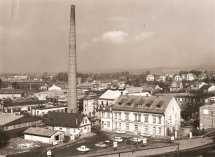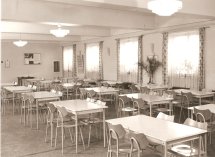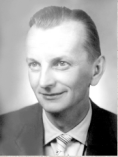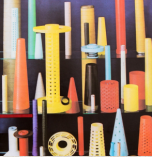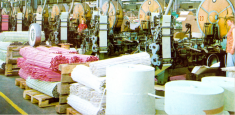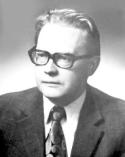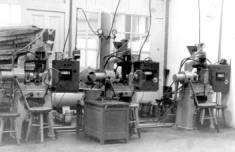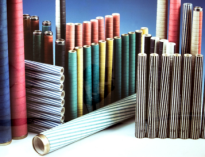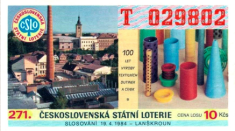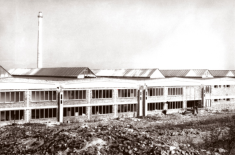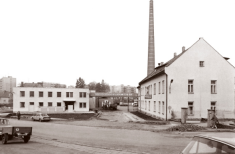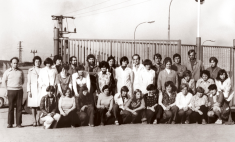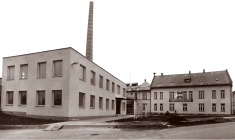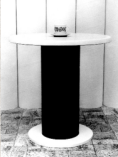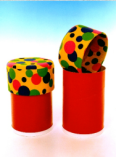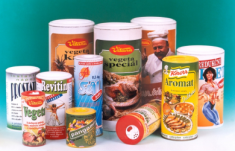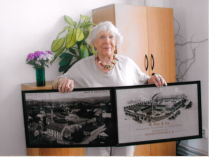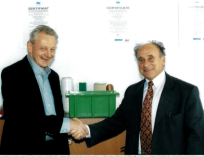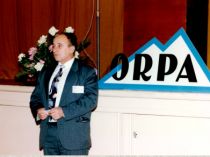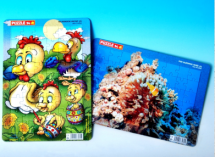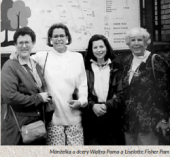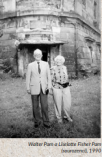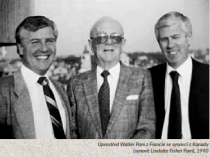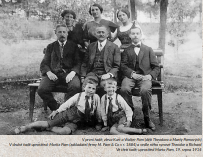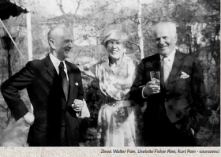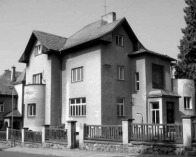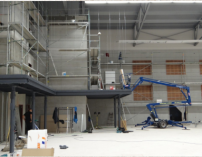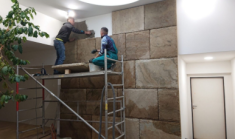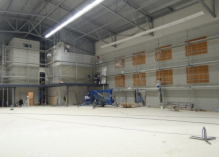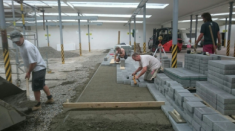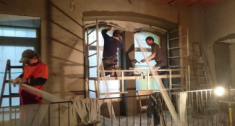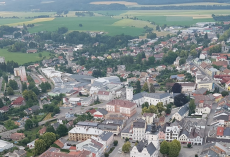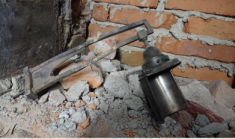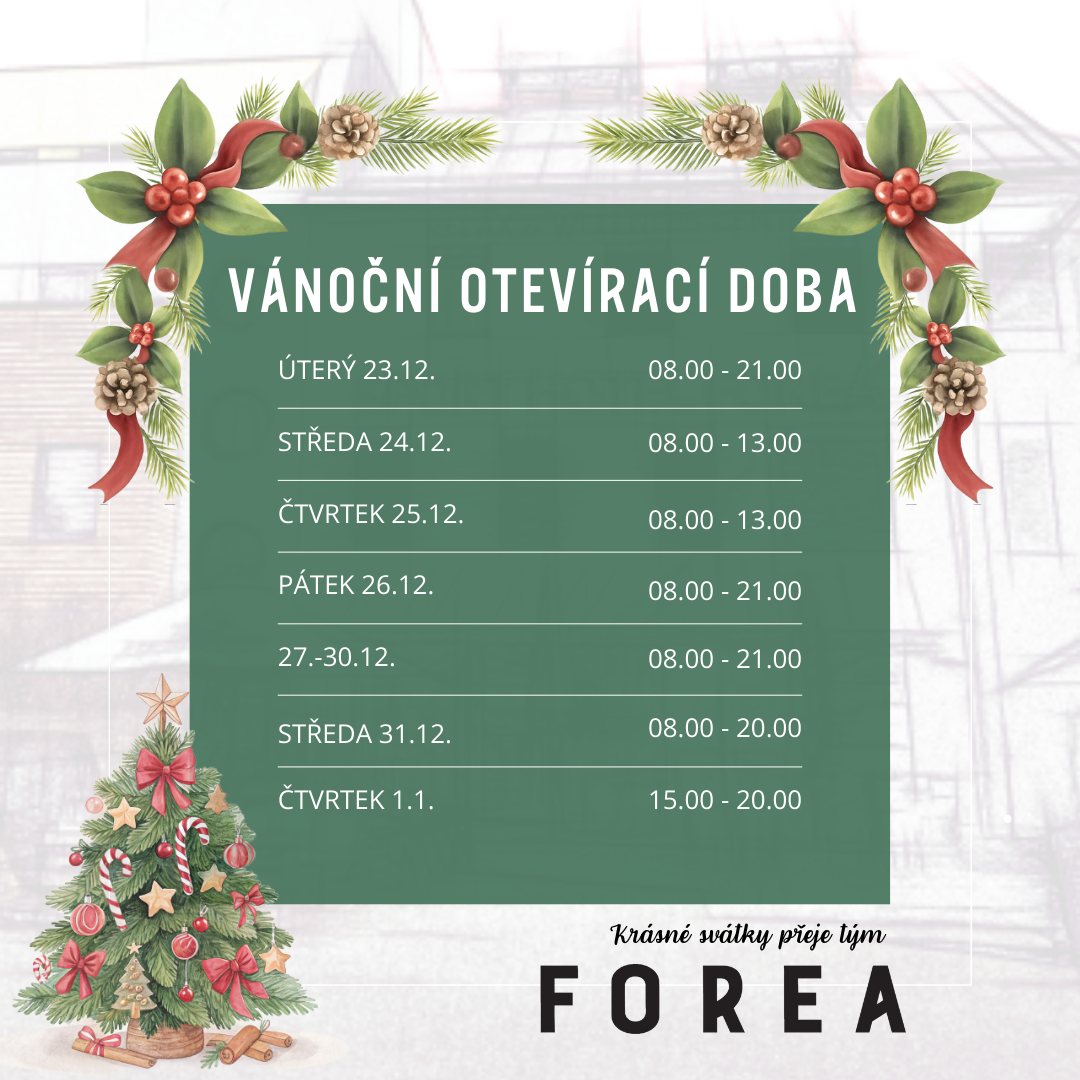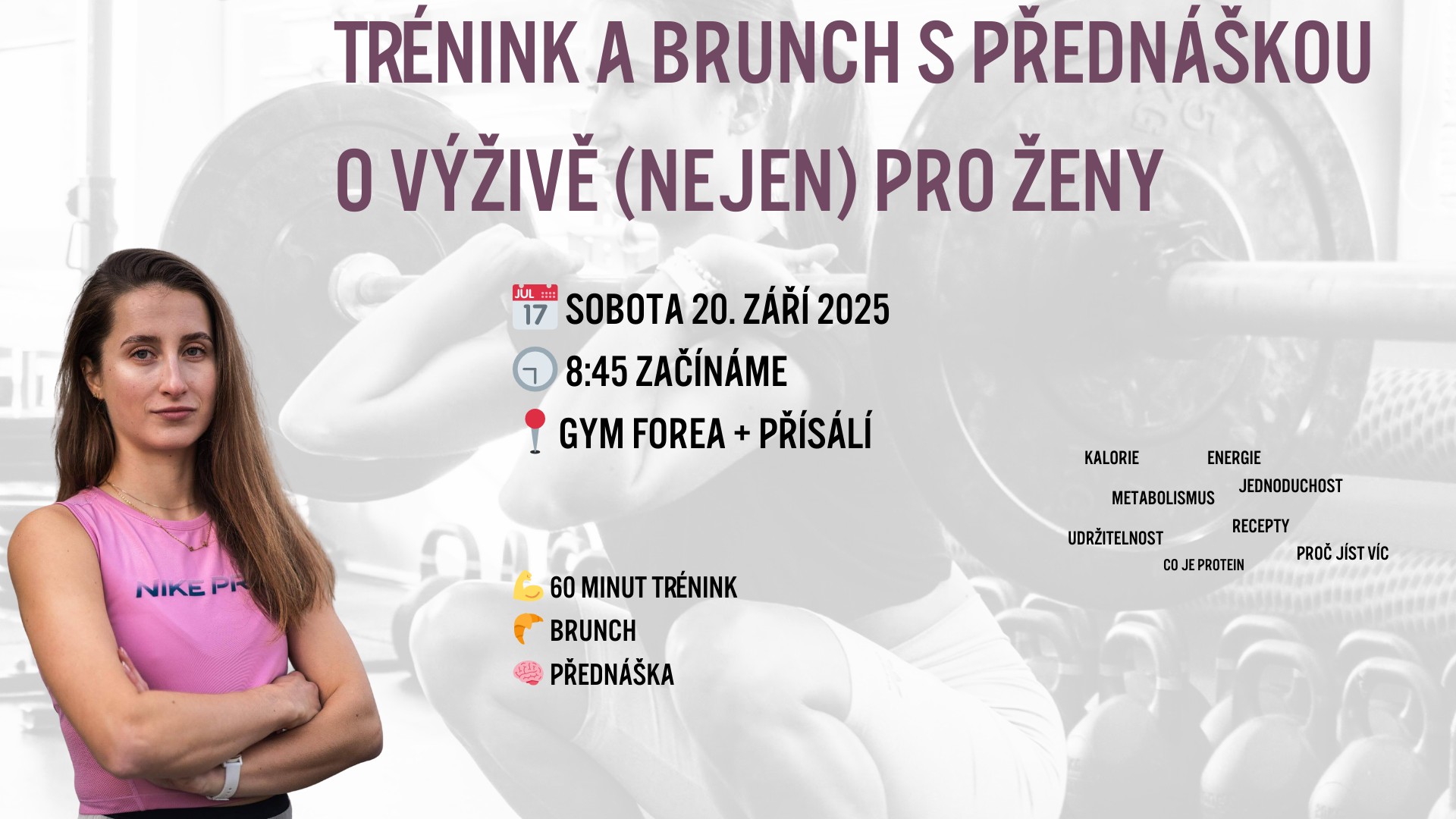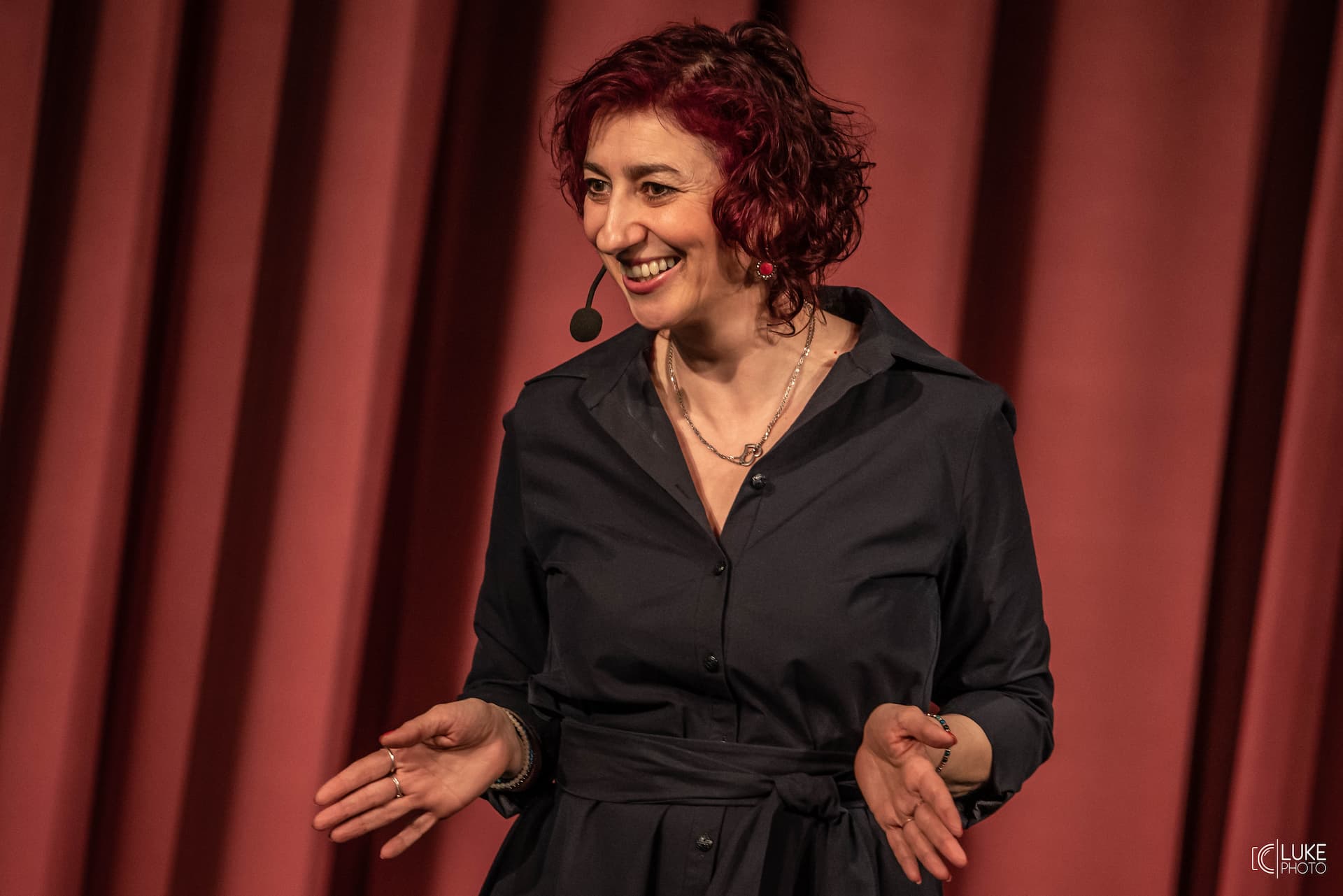Forea today
The site of the original paper tubes manufacture PACO is currently administrated by Forea s.r.o., which is owned by Jindřich Marek's family. Company Forea was founded on 19th July 2007 and is the sole proprietor
of the former „plant 13“. The premises of an area of 2.5 ha are gradually being revitalised, and thus a neglected brownfield is changing into a modern part of the town. In an industrial centre, which Lanškroun
undoubtedly is, it would be easy to keep the original purpose. However, another idea has come up. While the premises designated for a few smaller companies from different industries remained a part of the sophiscated urban planning concept, there have been also those which enhance and broaden culture, sports, gastronomic and accommodaon facilies. The first investment of the company was the construction
of a parking house PACO which is currently used especially for long-term rent of parking spaces by local residents and companies.
Leisure centre Forea
The idea of founding a leisure centre originated approximately in August 2013. The Marek family decided to build up a sports centre in one of the most run-down parts ofthe grounds. “We are ofthe opinion that the
purpose of economy doesn't necessarily have to be a priority. We have tried to look into the future when our grandchildren are growing up and we have decided to invest in joy and the development of the background of the town where we live,“ says Jindřich Marek.
Sportcentrum Forea
Sportcentrum Forea is the heart of the whole Forea. The final work on the special surface of the tennis and badminton hall was carried out in December 2014. The hall was officially opened to the public within the
Sportcentrum Forea open dayon 31st January 2015. A system of regular training sessions and amateur tournaments of tennis and badminton league is offered. In the same year, a children and youth tennis club was founded. It has been financially supported by the Marek family until now. Another new sports ground was officially opened on 17th November2015. Apart of the original storage halls was converted into a climbing bouldering wall. Already three years later, Sponcentrum Forea hosted the Czech Bouldering Championship. Forea also became a regional pioneerin the area of Pole dance. The first gym fort his attractive acvity on the boundary between dance and gymnastics was finished in 2015. Tens of enthusiasts, both adults and children, have taken to pole dance. Other ballrooms and gyms have been opened gradually. They provide the background for lessons ranging from ballroom dancing, yoga to modern sports developing and regenerating the musculoskeletal system. The author and architectural father of all the projects since the very beginning has been MgA. Mikuláš Medlík. Thanks to him, historical elements of the buildings go hand in hand sensitively with modern constructions and materials.
Music Bar Forea
“Our consideraon about the development of the leisure centre resembled an imaginary flake snowballing into more and more ideas. From the very beginning, they focused on the absence of culture background for organizing smaller music or theatre events,“ Jindřich Marek describes the origins of Music Bar Forea. The premises turned out to be able to host events for 160 guests. The bar with a music club and seating was opened on 12th February 2016. Music bar is used by local musicians and theatre groups and it also hosts lectures, public debates and club activities. Considering the wide range of the events, it has become an
essential part of culture life in Lanškroun.
Hotel Forea
Hotel Forea has been a part of the current range of services since July 2018. Among the hotel guests, there are not only business partners of companies from Lanškroun, but the hotel is also often used for training
camps from both the Czech Republic and abroad. Another interesting category of the guests is represented by foreign tourists who are descendants of the original families from Lanškroun. A lot of them mention that their relatives used to work in the factory.
Passage
All the above mentioned parts were connected by means of a new passage in 2020. This space extends the area designated for guests. It serves especially as the reception with seating for adults. It also offers a new
play corner for children. The passage also gives an opportunity to look back on the history of the area commemorating the key personalities of the PACO company and the atmosphere of the era when the history of the company moved at a fast pace.
Also other plans of Forea remain ambitious. A plan of a new spa centre, which would be certainly appreciated by each and every sports person or guest, has been drawn up and it will suitably complete the range of the offered services in the future.
Wellness Forea

